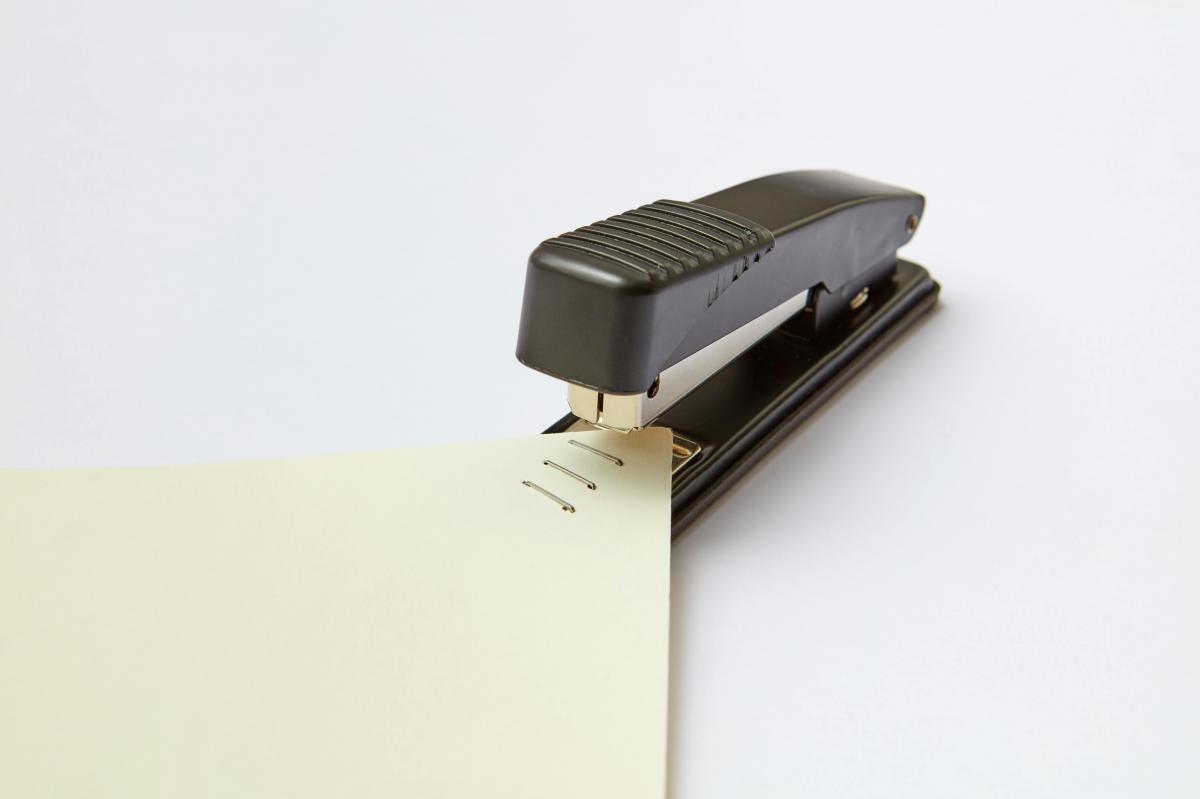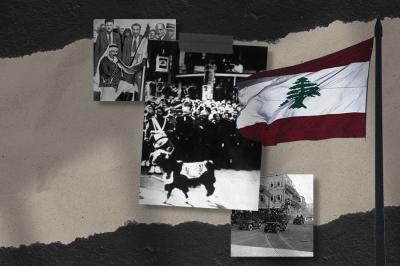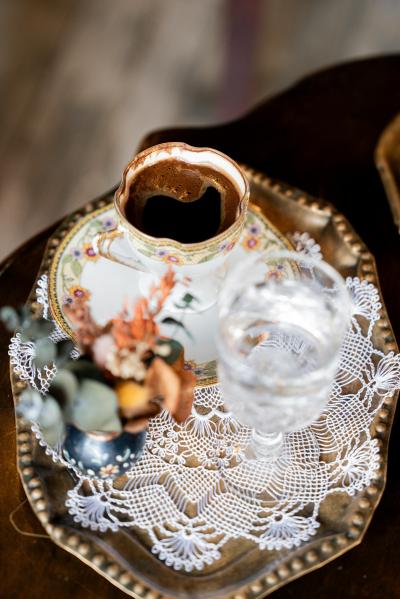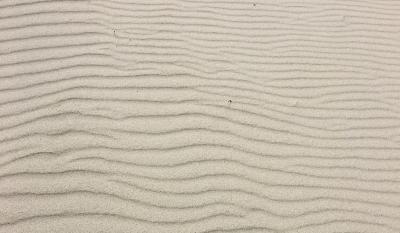At the height of the Cold War, when the confrontations between East and West played out in the shadows especially between Washington and Moscow, everything was vulnerable to infiltration: embassies, hotels, cafés, public parks, scientific institutions, and even public telephones.
Amid this transcontinental conflict, the U.S. Central Intelligence Agency (CIA) was locked in a covert war against the Soviet KGB. Both agencies competed to gather intelligence, carry out secret operations, and influence global events in favor of their respective ideological blocs. They symbolized two world powers engaged in an existential struggle.
Espionage at that time was like a unique game of chess—steeped in disguise, concealment, deception, cunning, trickery, and defection. Each side raced to penetrate the other’s networks, to the point where embassy staff, tourists, or university professors were under suspicion until proven innocent.
In this tense atmosphere, where a diplomat’s suitcase could contain an “information bomb,” something strange and seemingly insignificant was discovered by chance, by the KGB.
This seemingly naïve coincidence had nothing to do with advanced spycraft. The clue lay in 100% legitimate-looking passports, flawless in appearance and quality but they hid a shiny little secret that exposed dozens of CIA agents without any need for intelligence operations.
The secret? Simply the passport paper clips—those tiny fasteners used to secure pages inside a passport. These clips were of high quality, unusually shiny, elegantly engineered, and smooth to the touch clearly straight out of an American factory. They did not match the specifications of Soviet manufacturing, especially in metallurgy, which tended to produce rough, rusty, and uneven items often resembling handmade tools.
With a simple analysis, the KGB agents realized that the paper clips were of Western origin. Most of the passports containing them were used by CIA operatives during travel.
From that point on, Soviet border agents began checking not only for visas but for paper clips. In many instances, this tiny metal object was enough to arrest suspected spies, interrogate them, and unravel entire espionage networks.
This silent war, which at first may have seemed like a bureaucratic joke, is now studied in intelligence academies around the world. It serves as a fundamental lesson in espionage: being well-trained and clever is no longer enough the devil is in the details.
Please post your comments on:
[email protected]
 Politics
Politics








